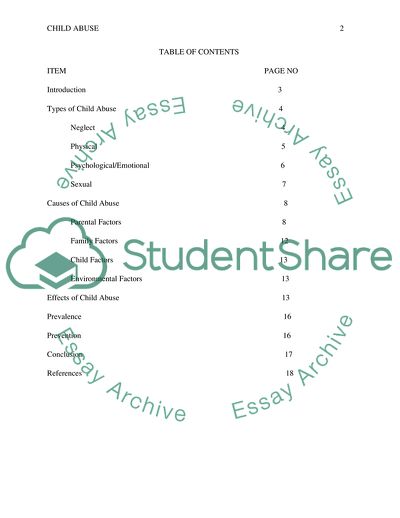Cite this document
(The Extent of Child Abuse Problem and What We Are Doing About It Research Paper, n.d.)
The Extent of Child Abuse Problem and What We Are Doing About It Research Paper. https://studentshare.org/social-science/1780960-child-abuse-how-large-is-the-problem-and-what-are-we-doing-about-it
The Extent of Child Abuse Problem and What We Are Doing About It Research Paper. https://studentshare.org/social-science/1780960-child-abuse-how-large-is-the-problem-and-what-are-we-doing-about-it
(The Extent of Child Abuse Problem and What We Are Doing About It Research Paper)
The Extent of Child Abuse Problem and What We Are Doing About It Research Paper. https://studentshare.org/social-science/1780960-child-abuse-how-large-is-the-problem-and-what-are-we-doing-about-it.
The Extent of Child Abuse Problem and What We Are Doing About It Research Paper. https://studentshare.org/social-science/1780960-child-abuse-how-large-is-the-problem-and-what-are-we-doing-about-it.
“The Extent of Child Abuse Problem and What We Are Doing About It Research Paper”. https://studentshare.org/social-science/1780960-child-abuse-how-large-is-the-problem-and-what-are-we-doing-about-it.


